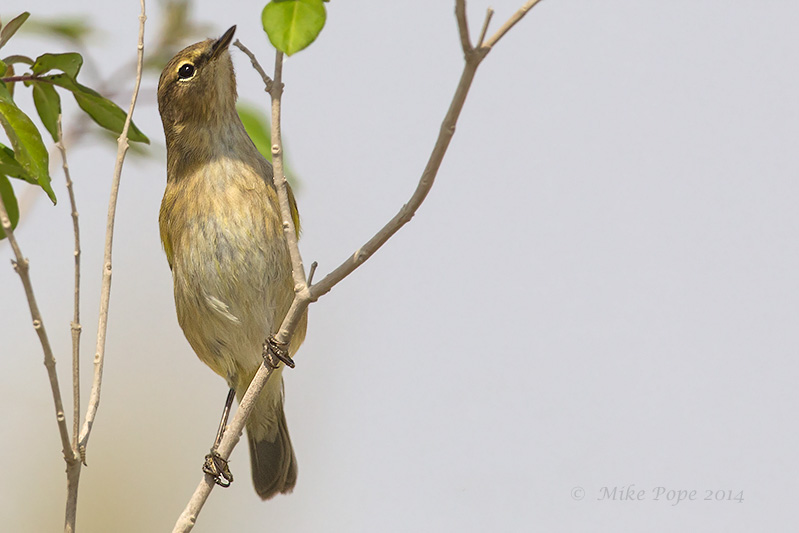Week 09, 24 February 2014 - Al Abraq
The Nowair flower show is now fading away as are many of the visiting winter birds, but nature has a way of compensating it's beauty with something else.
I had the opportunity to spend a few hours at the Al Abraq oasis farm and welcomed the arrival of some birds with colour. As the Blog post intimates, it was the Black-headed Wagtails that really stood out in with their black caps and bright yellow plumage.
(Western) Black-headed Wagtails were the majority, but I did find (and a first for me) and single Eastern Black-headed Wagtail and was able to photograph both in similar poses for comparative purposes.
 |
| Black-headed Wagtail (Motacilla f. feldegg) |
 |
| Eastern Black-headed Wagtail (Motacilla f. melanogrisea) |
 |
| Black-headed Wagtail (Motacilla f. feldegg) |
 |
| Eastern Black-headed Wagtail (Motacilla f. melanogrisea) |
Thanks to Yoav and Neil pointing out my id error with these two male Stonechat's. What was interesting with the sighting was that males birds outnumbered the females.
After looking at some of the other images I took (clearly showing the unstreaked rump on both and so ruling out European), the first is most likely Caspian (North Caspian)
and the second with more rufous flanks than the first, but more obvious white on the sides of the tail, Byzantine (South Caspian?)
 |
| Male Caspian Stonechat (Saxicola m. hemprichii) |
 |
| Male Byzantine Stonechat (Saxicola m. variegatus) |
And it took quite some time and a lot of patience to eventually get a fleeting glimpse of this elusive Eastern Orphean Warbler
 |
| Eastern Orphean Warbler (Sylvia crassirostris) |
There were a few lingering winter visitors like Common Chiffchaff
 |
| Common Chiffchaff (Phylloscopus collybita) |
White Wagtail which are now sporting breeding plumage
 |
| Wintering White Wagtail (Motacilla alba) now in breeding plumage |
as are the few Water Pipits that are still left...
 |
| Ditto for this Water Pipit (Anthus spinoletta) |
Roll on Spring!










































